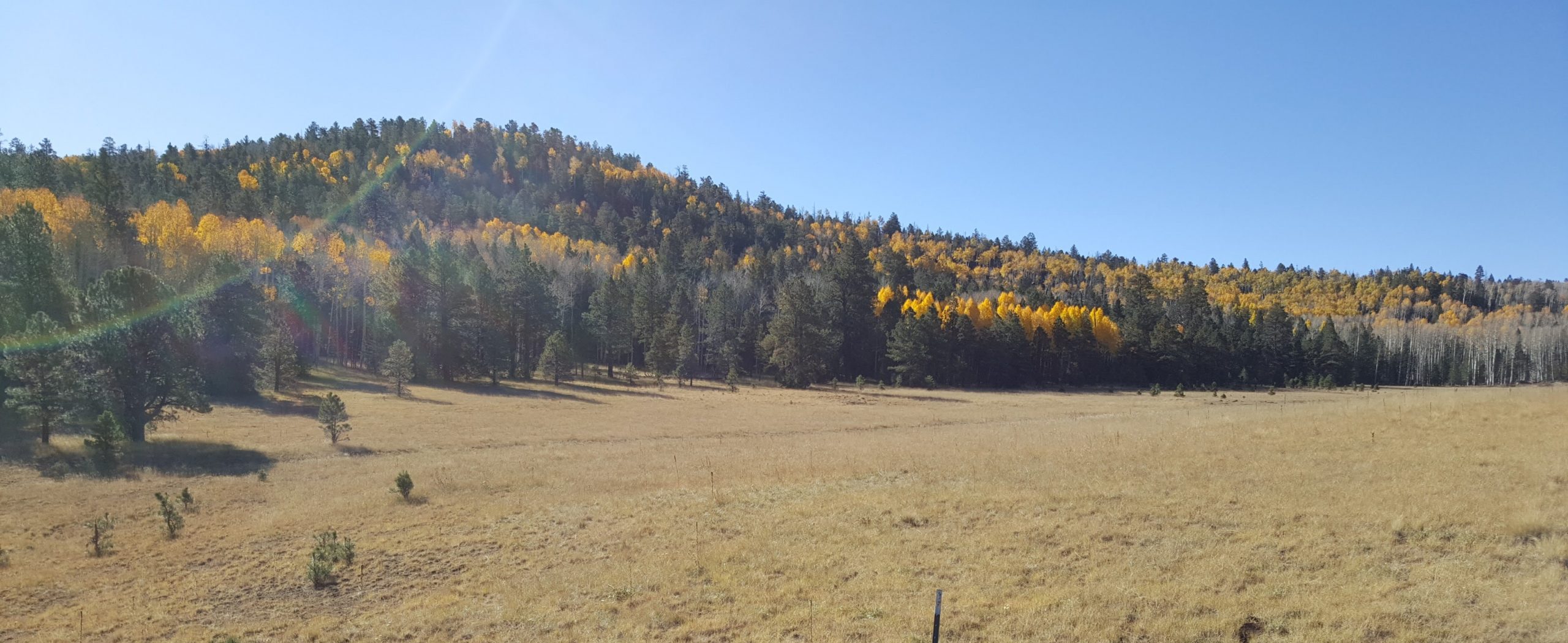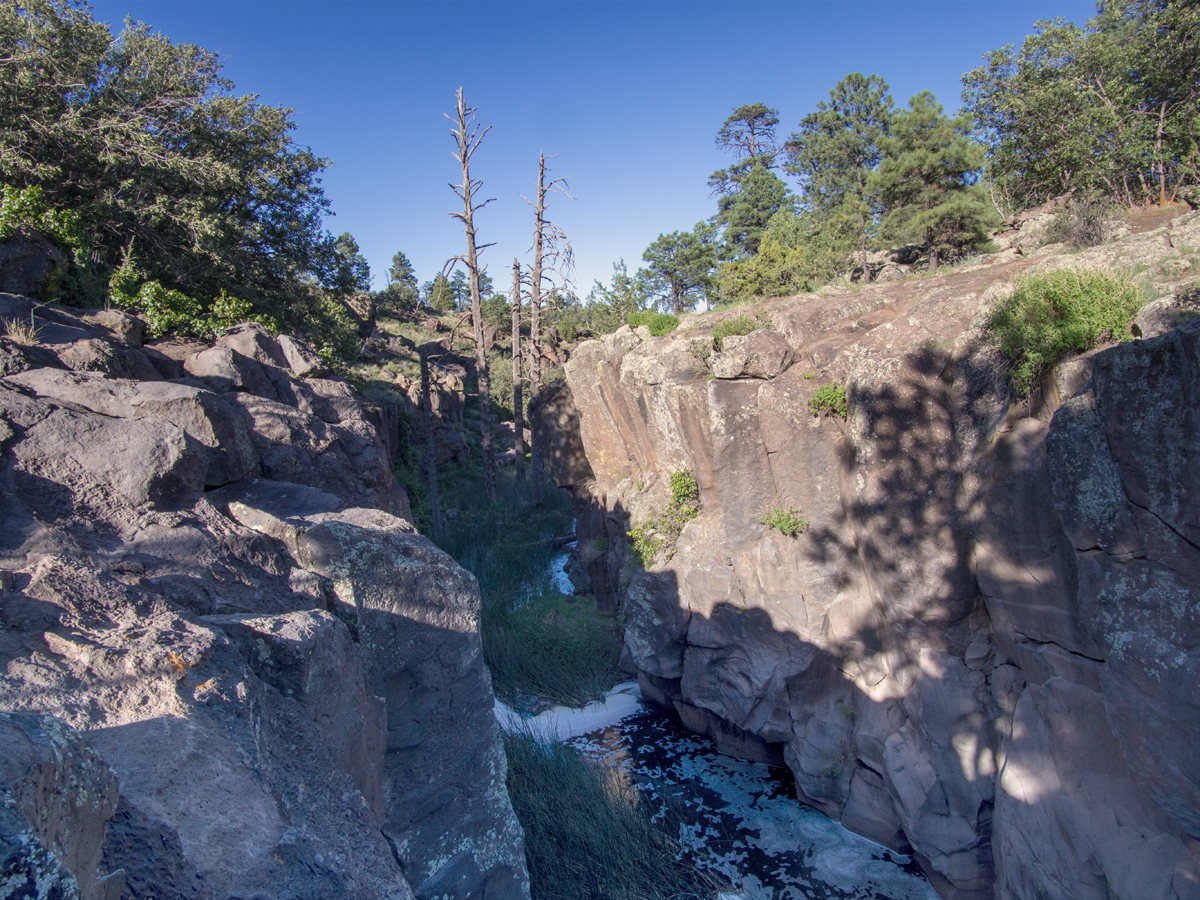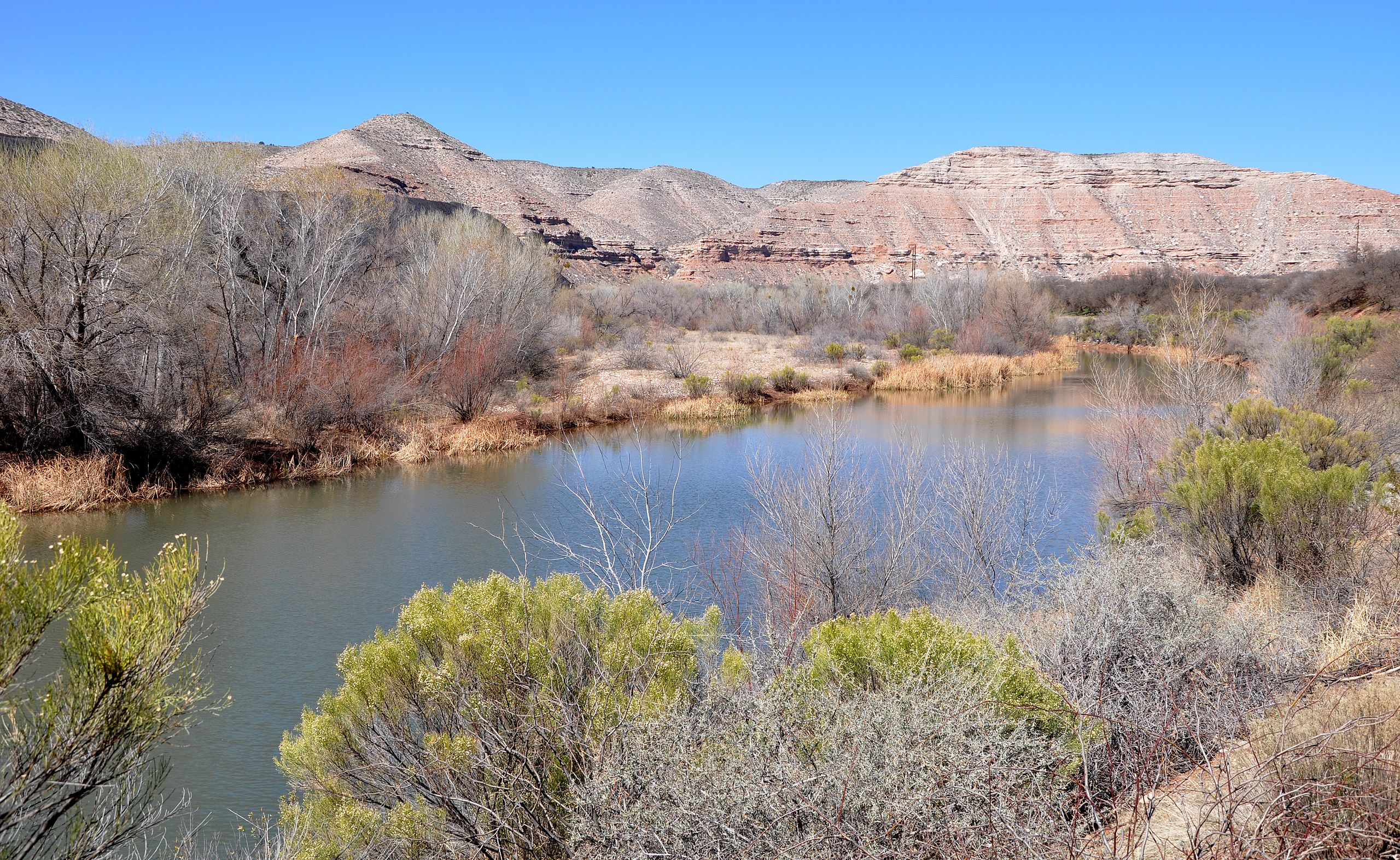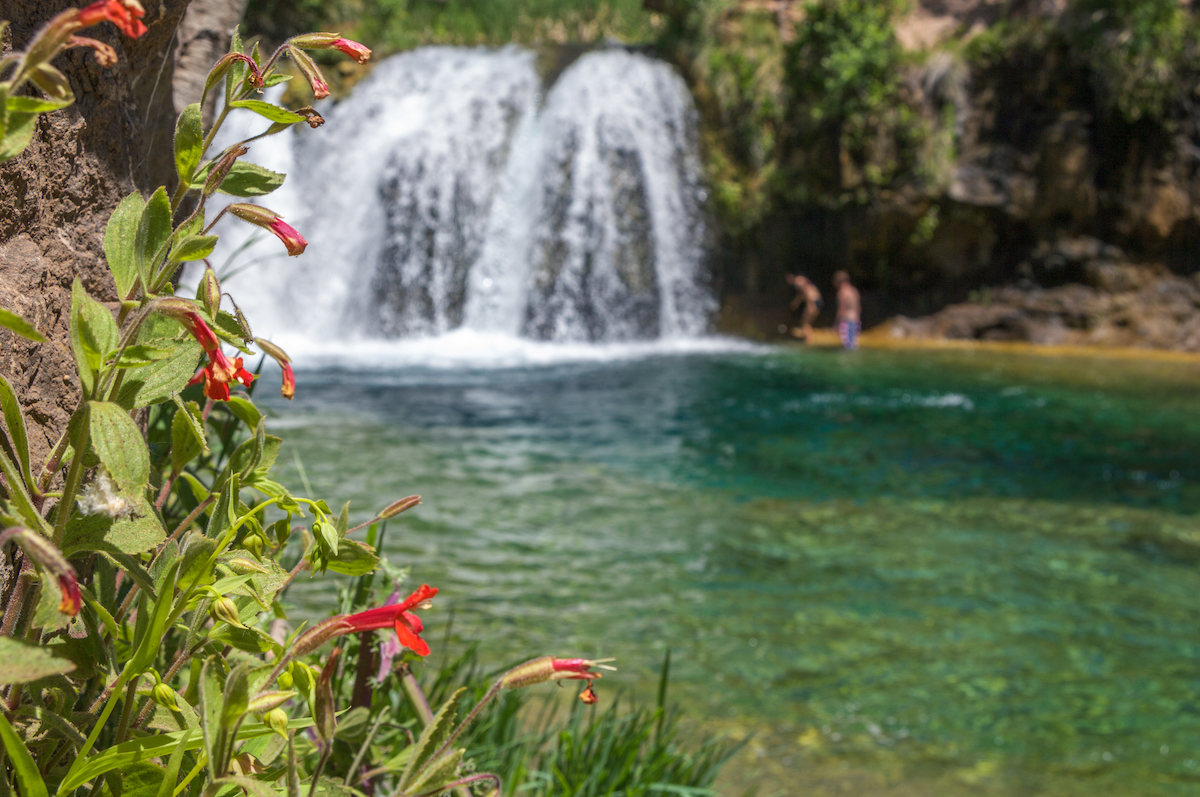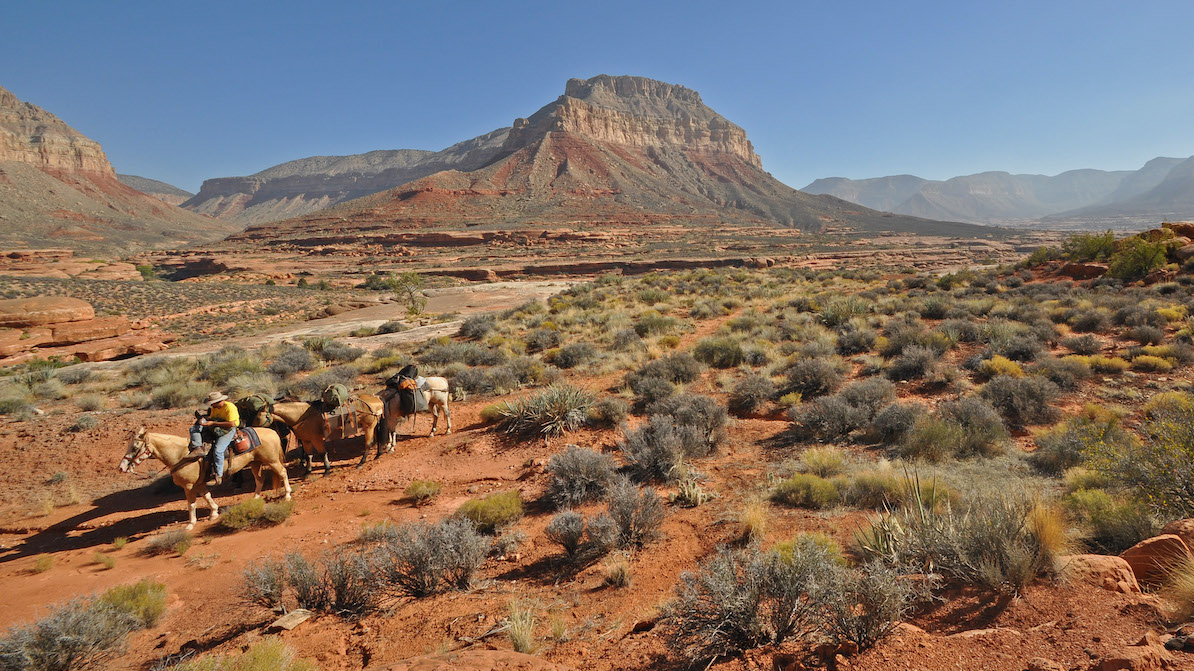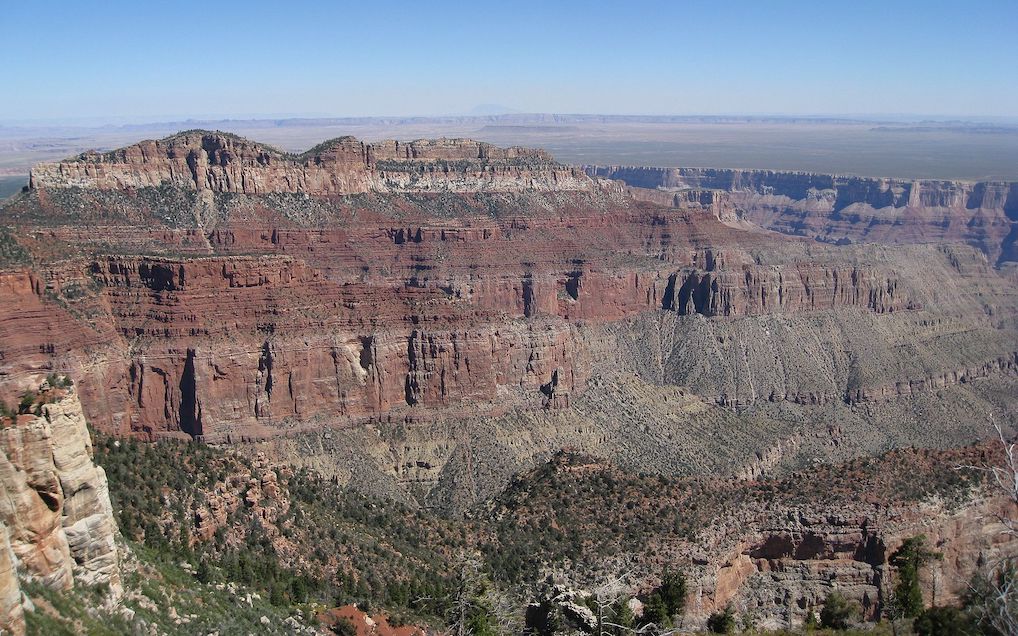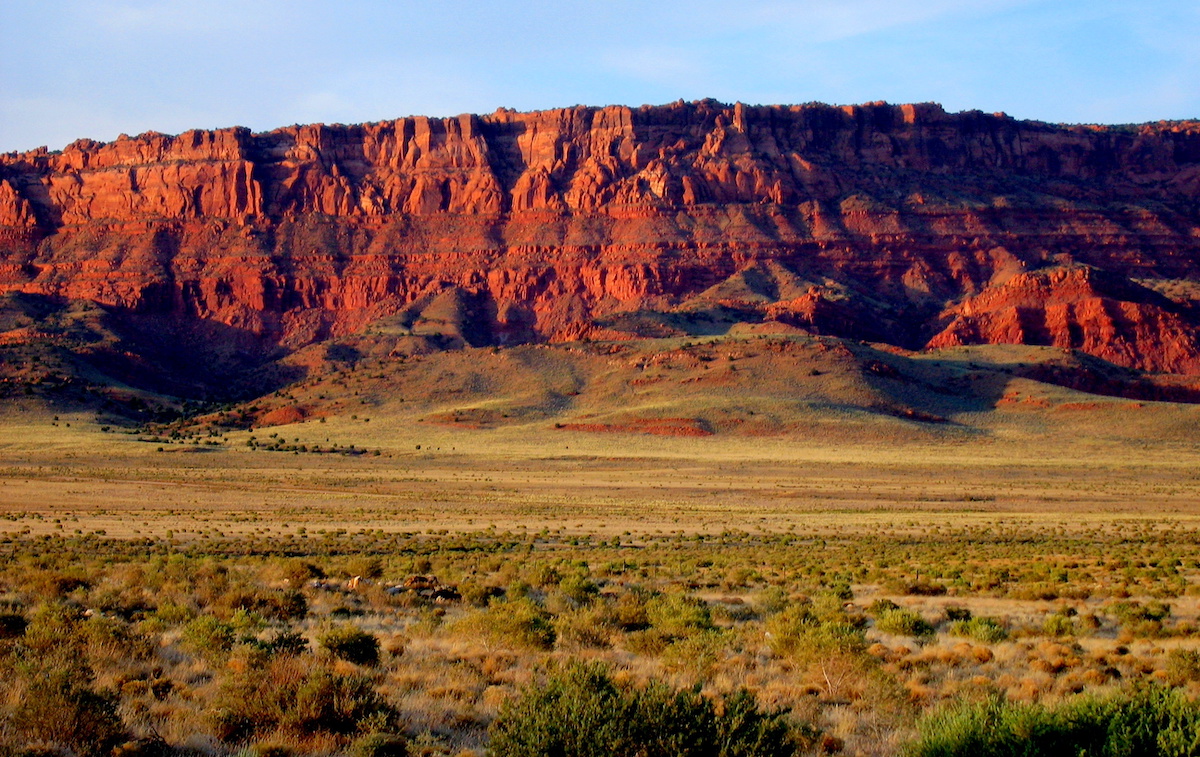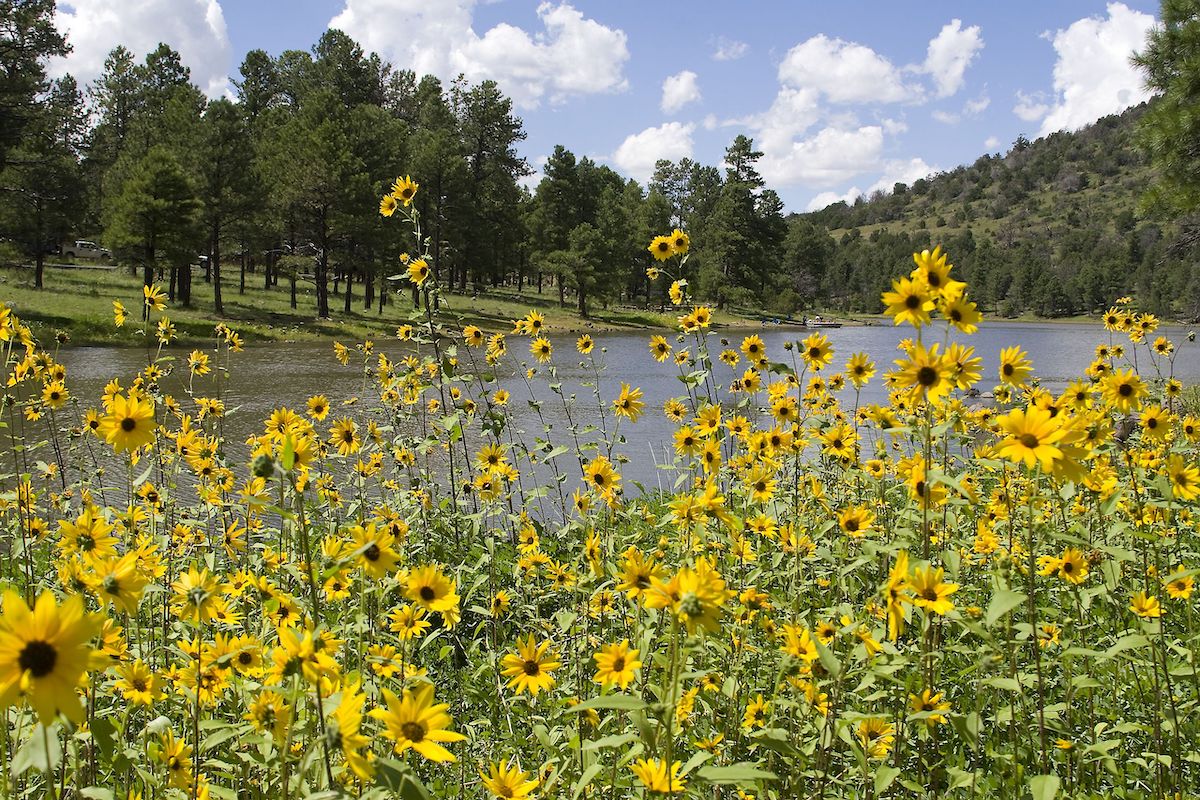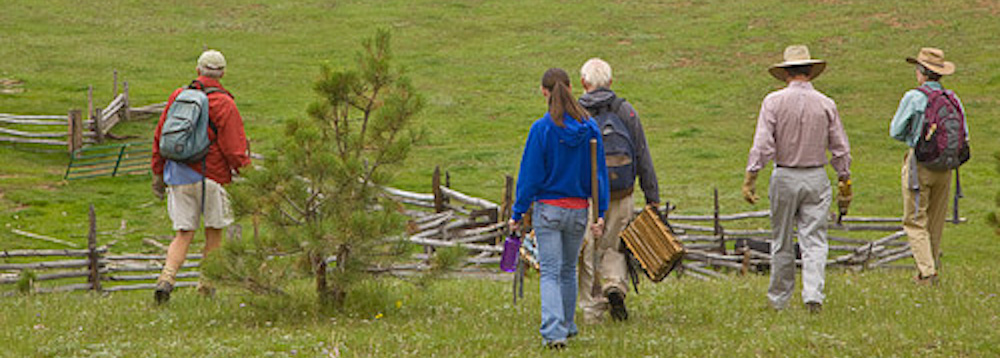
Plant Atlas Project of Arizona
2008 to present
Arizona is incredibly diverse with its numerous landforms, varying elevations, temperature gradients, and rainfall patterns. These components create unique niches for plants, and many of these areas have not been documented. The Plant Atlas Project of Arizona (PAPAZ) works to document the floristic diversity of Arizona by collecting plant specimens and providing more accurate and detailed geographic information.
A majority of the contributions made to this project are accomplished by volunteers, also known as Budding Botanists, who take part in annual training to learn skills in plant identification, collecting, documenting, and processing. Over 125 volunteers have participated so far, assisting with every aspect of the project, from field collecting and conducting data entry, to processing plants at various herbaria. Volunteers at MNA have mounted several thousand plant specimens from PAPAZ. The herbarium processing occurs in the botany lab of the Powell Building, located on the Museum’s Harold S. Colton Research Campus.
PAPAZ is a collaboration between the Arizona Native Plant Society, Grand Canyon Trust, Desert Botanical Garden, U.S. Forest Service, Northern Arizona University, and MNA.

